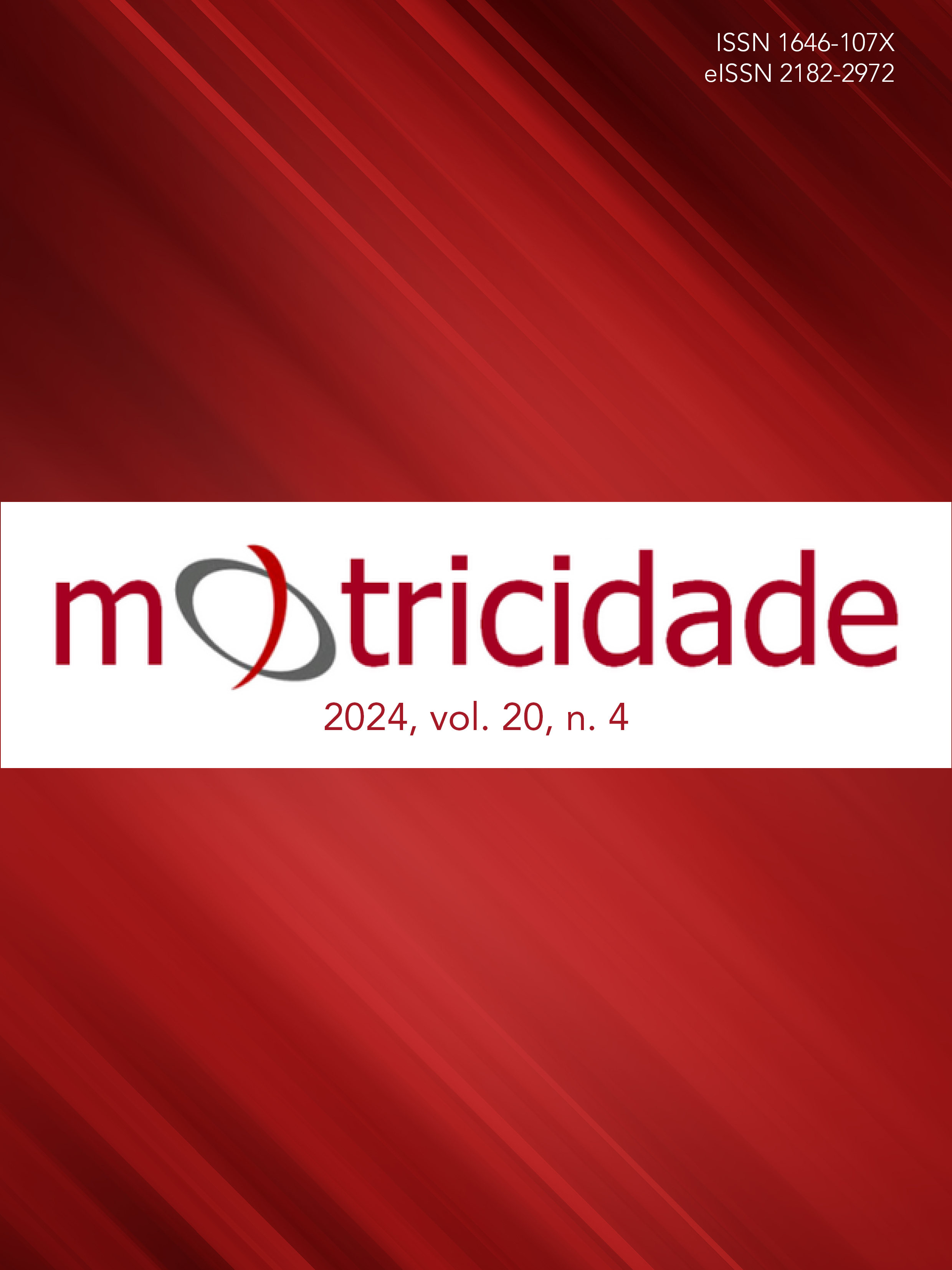Atividade física, exercício físico e fitness em Portugal: passado, presente e futuro
DOI:
https://doi.org/10.6063/motricidade.34836Palavras-chave:
atividade física, exercício físico, fitness, PortugalResumo
Este artigo procurou, de forma analítica e narrativa, analisar as tendências da prática de atividade física e exercício físico em Portugal nas duas últimas décadas. Acrescido, foi analisado o contexto do fitness em território nacional, tendo por base, registos divulgados ao longo dos últimos anos. Especificamente, analisou-se o exercício físico tendo por base o contexto do fitness, onde se teve interesse na resposta económica à taxa de atrito e a frequência semanal dos sócios. O atual trabalho encontra-se estruturado em diversas partes, nomeadamente: i) a atividade física praticada em Portugal; ii) o panorama de exercício físico e do fitness em Portugal; e iii) a análise económica do setor do fitness em Portugal; iv) os níveis de exercício físico, e; v) os motivos para a não prática e abandono de exercício físico. Por último, apresentaremos uma discussão com destaque a implicações práticas. Em conclusão, este estudo destaca a dificuldade do setor do fitness em reverter as tendências de inatividade. Aponta-se a necessidade de revisão dos métodos usados para avaliar a atividade física e exercício físico. Além disso, destaca-se a importância de compreender os motivos de abandono nos centros de fitness e de implementar reformas para melhorar a experiência dos clientes e reduzir as taxas de atrito.
Downloads
Publicado
Edição
Secção
Licença
Os autores dos manuscritos submetidos para publicação deverão ceder, a título integral e permanente, os direitos de autor (copyright) à revista Motricidade e às Edições Desafio Singular. A cedência de direitos de autor permite a publicação e divulgação do artigo em formato impresso ou eletrónico e entrará em vigor a partir da data de aceitação do manuscrito. Os autores concedem, ainda, os direitos para a revista Motricidade utilizar e explorar o respetivo artigo, nomeadamente para licenciar, ceder ou vender o seu conteúdo a bases de resumos/indexação ou outras entidades.
Nos termos da licença “Creative Commons”, os autores poderão reproduzir um número razoável de exemplares para uso pessoal ou profissional, mas sem fins comerciais. Nos termos da licença SHERPA/RoMEO, os autores poderão, ainda, disponibilizar/arquivar uma cópia digital final (versão postprint) do artigo no seu website ou no repositório científico da sua instituição.

